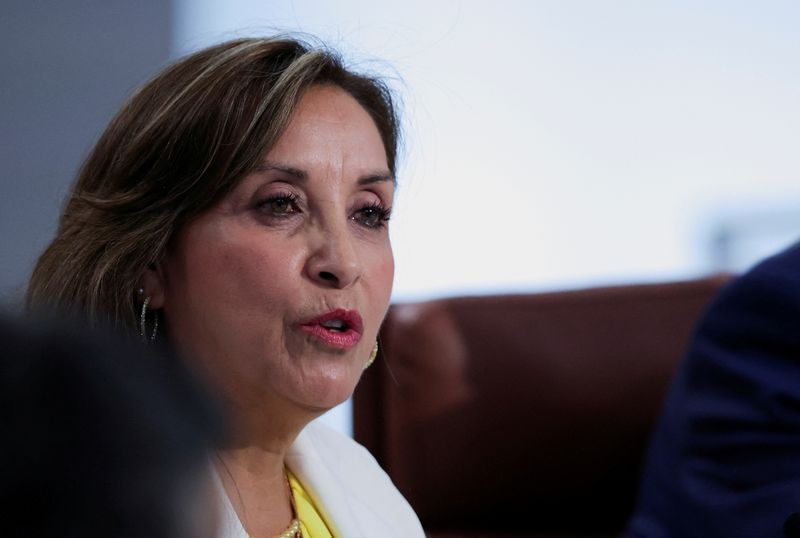Follow us on LinkedIn
Passive investing, particularly through Exchange-Traded Funds (ETFs), has transformed the world of finance. With ETFs, investors can gain exposure to various asset classes, including stocks, bonds, commodities, and more, while maintaining a passive and diversified approach to their portfolios. Unlike actively managed funds, which aim to outperform the market, passive investing with ETFs seeks to replicate the performance of an underlying index. This approach often comes with lower fees and can be an alternative choice for long-term investors looking for broad market exposure and reduced stock-specific risk. The ease of buying and selling ETFs on stock exchanges makes them a flexible tool for building a well-diversified, cost-effective investment portfolio, appealing to both individual investors and institutions.
While ETFs offer various advantages, their impact on the market has raised questions about potential negative effects. Reference [1] delved into this very issue, investigating the market repercussions of ETFs. The authors pointed out,
Our study contributes to the understanding of the impact of passive ETF ownership on stock return drivers and market efficiency. We find that higher passive ETF ownership significantly decreases the informativeness of stock prices by increasing the importance of non-fundamental return noise and reducing the contribution of firm-specific information. This highlights the potential implications for market efficiency and the role of active investors in processing fundamental information.
Our findings have important implications for policymakers. The rise of passive investing and the associated increase in passive ETF ownership may warrant a closer examination of its effects on market dynamics. Policymakers should consider the potential trade-offs between the benefits of lower transaction costs and the potential costs of reduced price efficiency and market-making capacity. Balancing the growth of passive investing with maintaining informativeness of asset prices could turn out to become a crucial challenge for regulators and market participants.
Briefly, an increase in passive ETF ownership results in stronger and longer-lasting return reversals, greater idiosyncratic volatility, and elevated tail risk. Higher passive ETF ownership reduces the significance of firm-specific information for returns while increasing sensitivity to transitory noise and market-wide sentiment shocks.
Let us know what you think in the comments below or in the discussion forum.
References
[1] Höfler, Philipp and Schlag, Christian and Schmeling, Maik, Passive Investing and Market Quality (2023). ssrn.com/abstract=4567751
Further questions
What's your question? Ask it in the discussion forum
Have an answer to the questions below? Post it here or in the forum
My grandmothers had a 24-year age gap. Our relationships were different; I was closer with the older grandma, while the younger one seemed distant.
Since his campaign ended, DeSantis has barred homeless people from sleeping in public and prohibited kids from social media, among other things.


People with bipolar disorder are more sensitive to physical changes in the spring. This can trigger manic episodes.